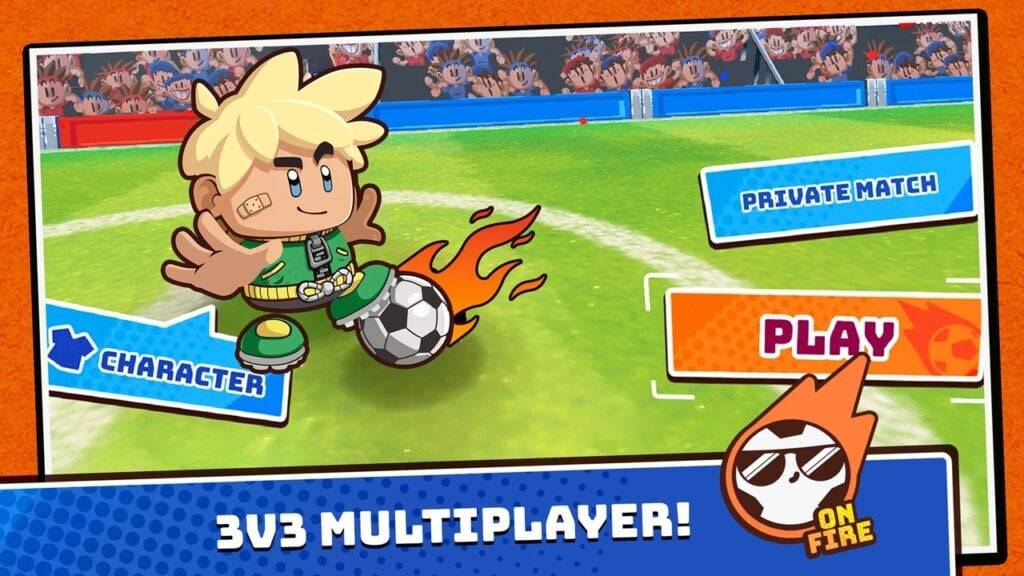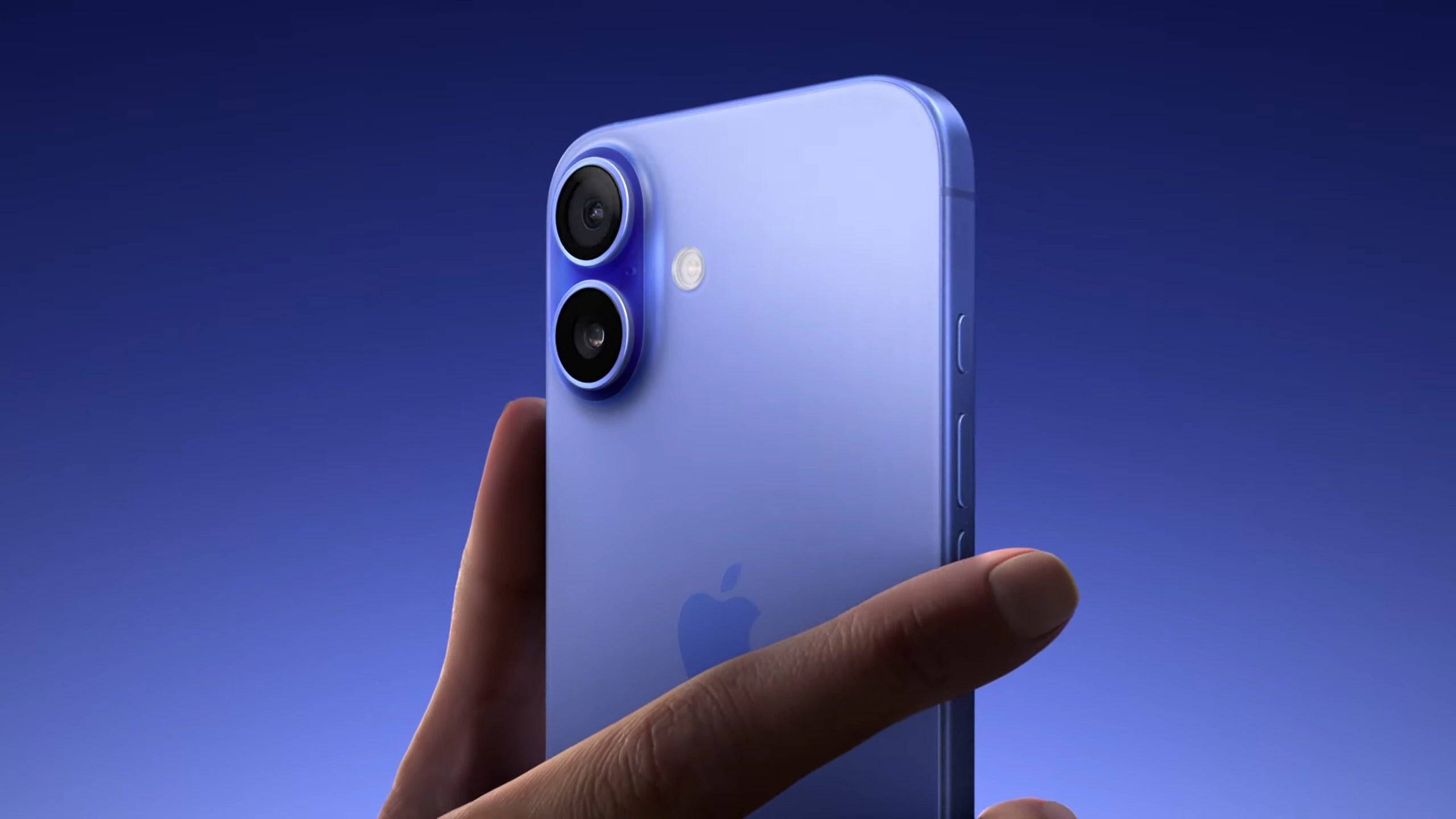The Outer Worlds 2 Enhances RPG Character Customization - IGN First
[Note: All footage is from a work-in-progress alpha build.]
After finally getting a hands-on look at The Outer Worlds 2, it’s clear that Obsidian Entertainment has doubled down on deep RPG mechanics in the sequel. While the first game leaned toward streamlined systems and accessible character progression, this follow-up embraces complexity—not for its own sake, but to encourage creative playstyles and meaningful specialization.
Rather than pushing players toward cookie-cutter builds, The Outer Worlds 2 encourages experimentation with unconventional character development. According to design director Matt Singh, “We're looking for ways to incentivize the player to experiment with different builds, either traditional or non-traditional.” The team focused heavily on creating synergies between Skills, Traits, and Perks—allowing players to craft unique, hybrid playstyles that interact meaningfully with other game systems.
This philosophy was evident in our exclusive gameplay demo, which showcased revamped gunplay, stealth mechanics, gadgets, and dialogue choices. But for this piece, we’re diving into the intricate details of how the RPG systems have evolved—and what players can expect when shaping their characters.
**A Fresh Take on the Skill System**One of the biggest changes lies in how Skills are structured. In the original Outer Worlds, Skills were grouped into broader categories. This made progression simple but often led to homogenized characters who could do a little bit of everything. As lead systems designer Kyle Koenig explained, “We would often see characters good at everything, which by the end of the game, minimized your personal experience with your character.”
To combat that, Obsidian shifted to a system where each Skill stands alone, offering more distinct benefits. “We wanted to focus on making each individual level-up and investment really important,” Koenig continued. “There's less confusion on when I should invest in one Skill or the other. If I want to be a player that's all about guns and using medical devices, I know which Skills I really need to care about.”
This approach allows for greater specialization. Players can now build out focused archetypes—whether they lean into ranged combat, stealth, speech, or a blend of multiple styles. Singh added, “There's more than just a traditional stealth-focused build, combat-focused build, or speech-focused build. There's a lot of blending of concepts, playing with other systems and incorporating those into a pretty broad, but unique range of different player profiles.”
Some Skills even influence environmental awareness. For instance, investing in Observation can highlight hidden doors or interactive objects, opening up alternate routes through quests and exploration.
Character Creation – Screenshots
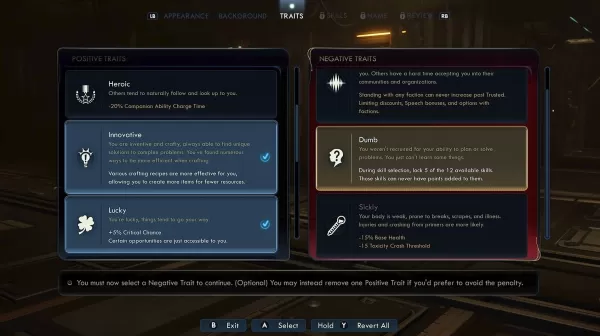
 4 Images
4 Images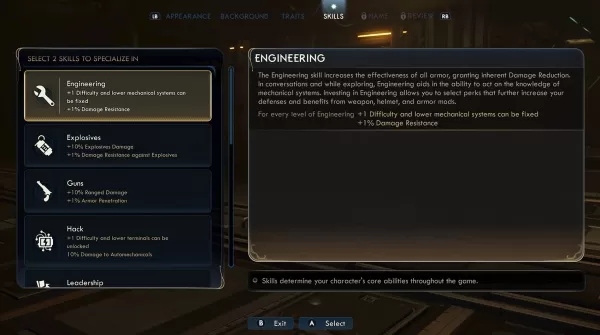
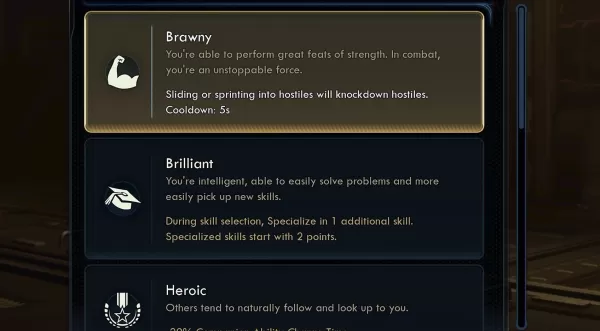
While separating Skills may seem like a return to RPG norms, in The Outer Worlds 2, it’s part of a broader effort to create deeper, more engaging character customization—especially when combined with the new Perk system.
**Perks That Encourage Experimentation**Obsidian has significantly expanded the Perk system, introducing over 90 unique options—each tied to specific Skills. As Koenig noted, “As you invest in Skills, it changes how you can invest in Perks and leads you down many different paths.”
For example, the Run and Gun Perk enables shotgun, SMG, and rifle users to fire while sprinting or sliding. When paired with Tactical Time Dilation (TTD), it opens the door to stylish bullet-time action. Meanwhile, Space Ranger offers both dialogue advantages and damage boosts based on your Speech stat.
Singh highlighted how these perks support diverse playstyles: “We have a lot of Perks that are catered towards non-traditional play styles.” He referenced builds designed around eliminating every NPC in sight, supported by Perks like Psychopath and Serial Killer—which reward such chaotic behavior with permanent health boosts.
For more conventional builds, elemental damage types open up strategic depth. You might become a plasma-wielding pyromaniac who burns enemies and heals from the flames, or specialize in shock damage to scramble automechs and temporarily turn them into allies. Corrosive damage strips armor, making all subsequent attacks critical hits.
Singh also pointed to mechanics that reward risk-taking: “How do I construct a build where I'm actually incentivized to get in there and take damage so that I can then do other things effectively?” These kinds of experimental builds convert liabilities into strengths—a core RPG concept that Obsidian is fully embracing in The Outer Worlds 2.
Balancing Positive and Negative Traits
Returning from the first game is the idea of trade-offs through Traits and Flaws. As Koenig explained, “One of the things in The Outer Worlds that was a key off of Fallout was you could have negative attributes that would be actively detrimental to your character, but you get a few extra points to spend somewhere else.”
In The Outer Worlds 2, this idea evolves into a system of Positive and Negative Traits. Players can select powerful positives—like Brilliant, which grants additional Skill points at character creation, or Brawny, which lets you knock enemies down by charging into them. However, unlocking more positives requires accepting negatives, such as Dumb (locking you out of certain Skills) or Sickly (reducing base health and toxicity resistance).
Flaws are also returning, though with a twist. Instead of being purely optional penalties for bonus Perk points, they now emerge organically based on player behavior. These dynamic conditions add another layer of consequence and reward—encouraging bold, sometimes chaotic play without forcing artificial compromises.
Gameplay Screenshots
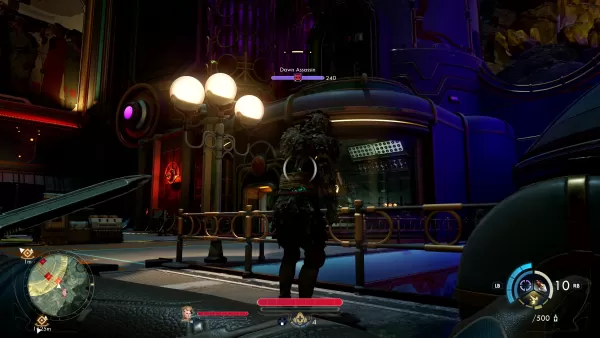
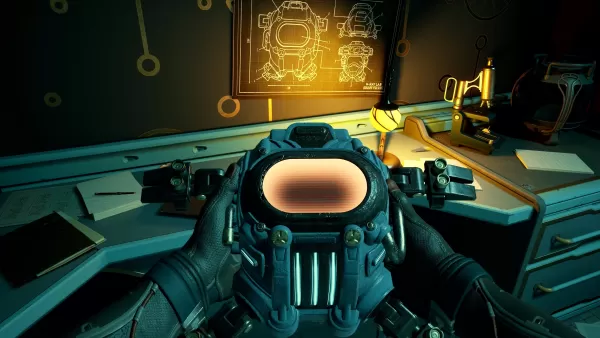 25 Images
25 Images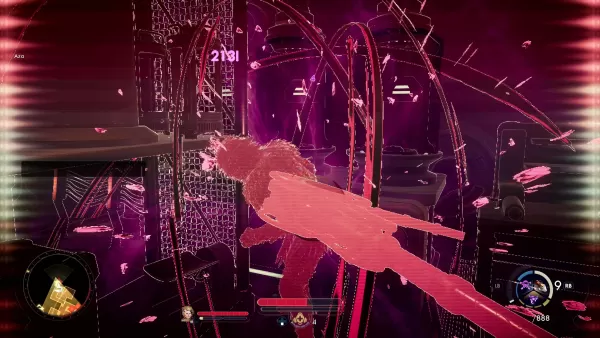
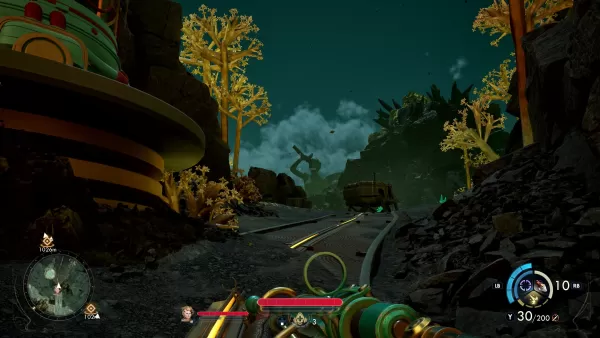
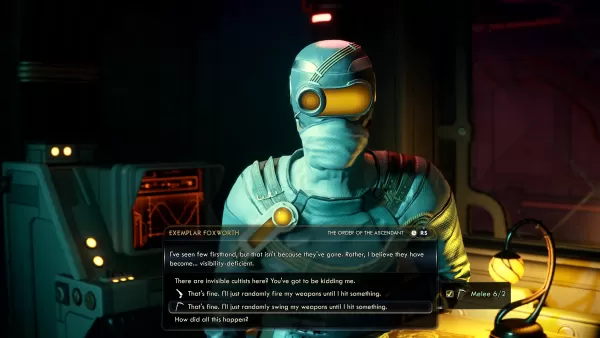

Guiding Players Without Respec
With so many interwoven systems, Obsidian aimed to make progression intuitive. From the start, menus clearly explain what each Skill does, with short videos demonstrating gameplay impact. Players can also favorite Perks before meeting their requirements, helping plan long-term builds.
Koenig emphasized the importance of clarity: “Right from the get-go, from character creation, we really wanted to put in the forefront what are the differences of these skills and what they do.”
Perhaps the most impactful change is the removal of respec after the introductory sequence. Once you commit to a Skill, Perk, or Trait, that choice becomes a permanent part of your journey. As Koenig put it, “By removing respec, we really incentivize it to be your experience. It is a part of your experience that no one else had, and I think that's really special about RPGs and something that respec tends to lessen.”
Singh echoed that sentiment: “Philosophy-wise, we really feel all of your choices should matter. They should be meaningful changes to your gameplay experience.” He concluded, “This is just one of those ways where we're asking you to make a choice, stick to it, and see how that plays out in interesting and fun ways.”
-
Cineverse, which secured U.S. distribution rights for the upcoming Silent Hill film, confirms Return to Silent Hill will closely follow the original Silent Hill 2 narrative."Silent Hill stands among gaming's finest franchises, and Christophe Gans hasAuthor : Alexis Dec 20,2025
-
Halfbrick Studios has launched a new title for Android. The developer is famous for hits like Fruit Ninja, Dan the Man, Jetpack Joyride, and Battle Racing Stars. This latest release, Halfbrick Sports: Football, is a fast-paced 3v3 arcade soccer experAuthor : Zoey Dec 19,2025
-
 Sliding WordsDownload
Sliding WordsDownload -
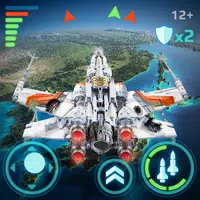 Space Justice: Galaxy WarsDownload
Space Justice: Galaxy WarsDownload -
 Offline Mini Games All in OneDownload
Offline Mini Games All in OneDownload -
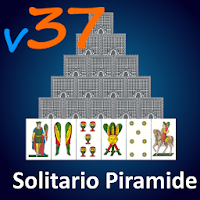 Solitario PiramideDownload
Solitario PiramideDownload -
 Magic Blocks: Puzzle DropdomDownload
Magic Blocks: Puzzle DropdomDownload -
 Hitomi's Sick PleasureDownload
Hitomi's Sick PleasureDownload -
 Barber Shop - Simulator GamesDownload
Barber Shop - Simulator GamesDownload -
 Move-it! Charades (Mexa-se!)Download
Move-it! Charades (Mexa-se!)Download -
 Skibidy Toilet Music Tiles HopDownload
Skibidy Toilet Music Tiles HopDownload -
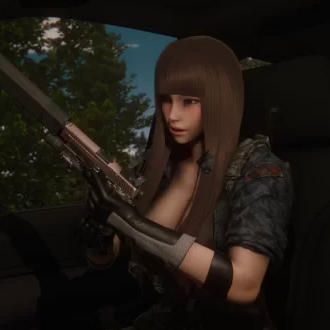 AstreonDownload
AstreonDownload
- Wuthering Waves: Uncover the Secrets of Whisperwind Haven's Palette
- Mastering Two-Handed Weapons in Elden Ring: A Guide
- Roblox Simulator Codes: Unlock Exclusive Rewards!
- Top 25 Palworld Mods to Enhance Your Game
- Ultimate Guide to Shinigami Progression in Hollow Era
- Karl Urban Debuts as Johnny Cage in Mortal Kombat 2


